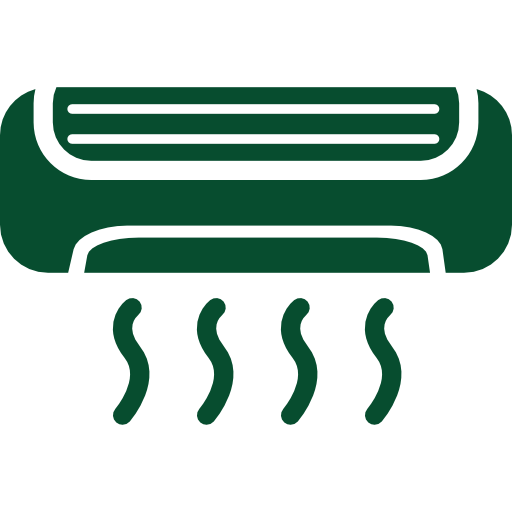
Bondable Magnet Wire
Bondable magnet wire, also referred to as self-bonding magnet wire, is film insulated wire top-coated with a thermoplastic adhesive. When activated, the thermoplastic bonds turn to turn windings to produce self-supporting coils or coils of unusual or difficult configurations. Use of bondable magnet wire may offer advantages over conventional magnet wire in certain winding applications, eliminating the need for bobbins as well as taping or varnishing steps. Activation of the bondcoat may be achieved with either heat, or in some cases solvent, or a combination of the two.
Although bondcoats may be added to any conventional film, consideration should be given to the re-softening temperature of the adhesive in that it may not withstand the operating temperature of the higher rated primary insulations.
| TYPE | SOLVENT ACTIVATION | BONDING TEMPERATURE (°C)* | SOFTENING TEMPERATURE (°C)** |
|---|---|---|---|
| Polyvinyl Butyral | Alcohol | 110 - 140 | 105 |
| Epoxy | Acetone | 150 - 200 | 130 |
| Polyester | None | 190 - 210 | 130 |
| Polyamide | None | 200 - 230 | 180 |
* May vary based on wire size and coil design
** Most room temperature bond strength loss at this point
Solvent Bonding
Some bondcoats can be activated by applying certain solvents during or after the coil winding process. Application of the solvent, usually via saturated wick during winding, causes the bond coat to reflow. The process requires the use of a fixture to hold the coil in place while the solvent is drying. Once dry, the coil should be heated to dry off any residual solvent which might cause long-term coil failure, as well as to complete the bonding process.


Heat Bonding
All bondcoats can be heat bonded, either by oven-heating or by directing hot air on to the wire during winding. In either case, the principle is to heat the winding slightly above the bondcoat’s reflow temperature and then cool it below its rated bond strength temperature. Oven bonding is accomplished by heating the coil for a period of time sufficient to obtain uniform heating throughout the winding, followed by a cooling cycle. Heating time is generally 10 to 30 minutes, depending on the size of the winding. Disadvantages of oven bonding are the longer bonding time as well as the potential need for many winding fixtures. Hot air bonding, though done typically at slower winding speed, has the advantage of the elimination of a secondary bonding operation. This method is cost effective and usually associated with low temperature bondcoats and wire sizes smaller than 34 gauge.
Resistance Bonding
Resistance bonding is done by applying electric current to the winding to electrically heat it to the proper bond temperature. Bonding voltage and time are dependent on wire size and coil design, and therefore will need to be developed experimentally for each specific application. This method has the advantages of being quick and generating uniform heat distribution. It is typically used for wire sizes heavier than 34 gauge.

